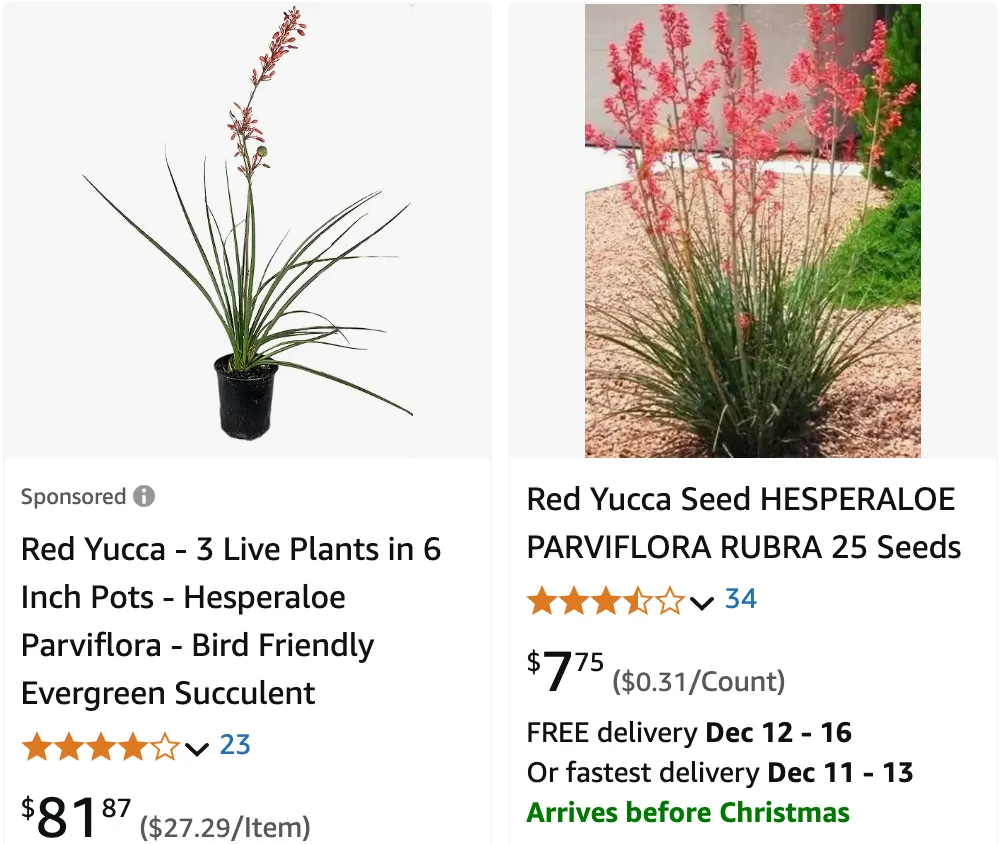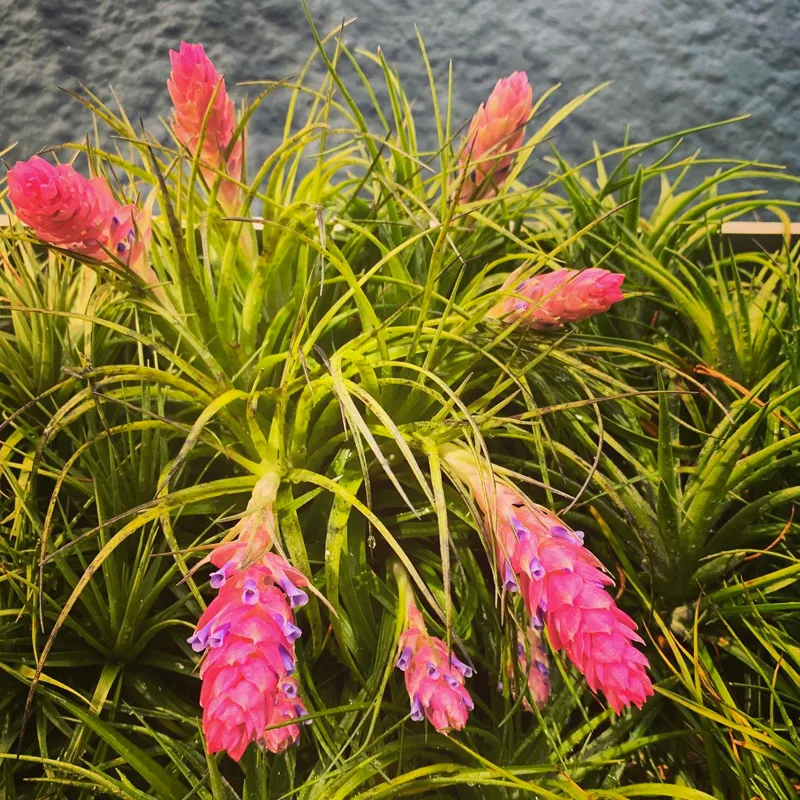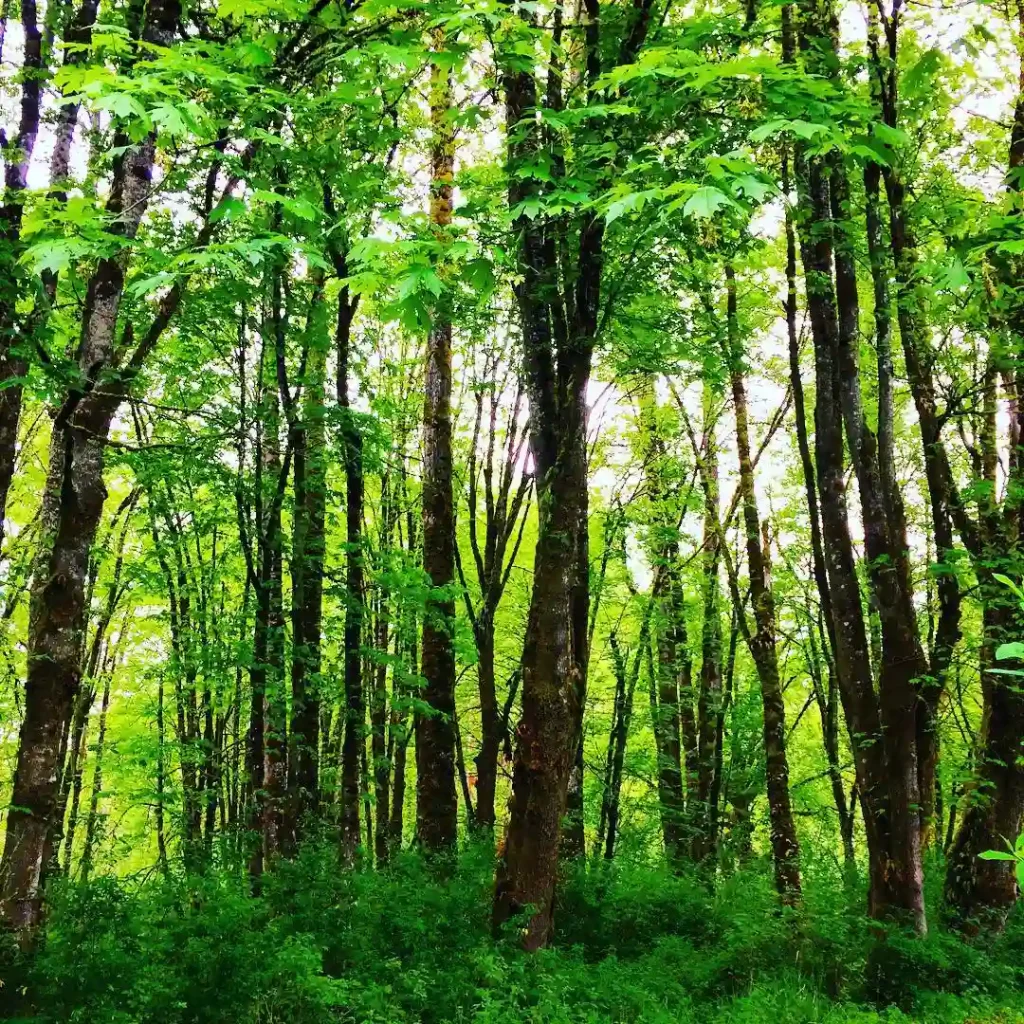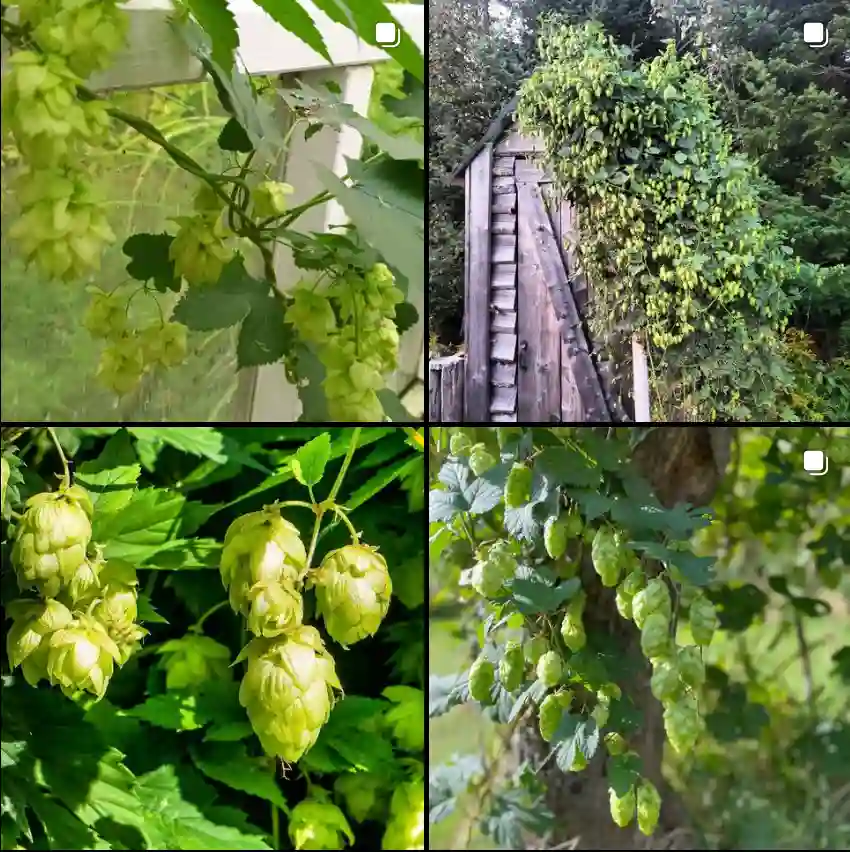
March 12 – Cocculus
"Cocculus, the moonseed plant, defines March 12."
This vine symbolizes connection and intuition. You have a natural ability to understand others and build meaningful relationships. Like Cocculus, you weave bonds that bring people together.
My Love Affair with Hesperaloe
The desert holds a special kind of magic for me. The stark beauty, the resilience of life clinging to existence in the harshest conditions, it all speaks to something deep within my soul. And among the many wonders the desert offers, the Hesperaloe genus holds a special place in my heart.
These plants belong to the Asparagaceae family, often called false yuccas, are masters of survival. With their sword-like leaves and towering flower stalks, they bring a touch of elegance to the arid landscape. But their beauty is more than just skin deep. Hesperaloe are tough, drought-tolerant, and surprisingly versatile, making them ideal companions for any desert dweller or admirer.
A Diverse Family
The Hesperaloe genus isn’t large, but it boasts a fascinating variety of species, each with its own unique charm. Let’s get acquainted with some of the members of this remarkable family:
- Hesperaloe campanulata: This species is a showstopper with its large, bell-shaped flowers that range in color from coral pink to fiery red.
- Hesperaloe chiangii: A more recent discovery, this species is known for its compact size and stunning, deep red flowers.
- Hesperaloe engelmannii: This is one of the larger species, with long, slender leaves and tall flower stalks that can reach up to 15 feet.
- Hesperaloe funifera: Also known as the New Mexico false yucca, this species is prized for its strong fibers, which were traditionally used by Native Americans for weaving and rope-making.
- Hesperaloe malacophylla: This species stands out with its soft, almost velvety leaves, a surprising contrast to the usual toughness of Hesperaloe foliage.
- Hesperaloe nocturna: True to its name, this species blooms at night, releasing a sweet fragrance that attracts nocturnal pollinators.
- Hesperaloe parviflora: Perhaps the most well-known member of the genus, the red yucca is a popular ornamental plant, admired for its vibrant red flowers and drought tolerance. – Plant FAQs: Red Yucca Plant – Hesperaloe Parviflora
- Hesperaloe tenuifolia: This species is characterized by its thin, delicate leaves, giving it a more graceful appearance compared to its robust relatives.
More Than Just a Pretty Face
While their aesthetic appeal is undeniable, Hesperaloe offer much more than just good looks. These plants have played a significant role in human history, particularly for indigenous communities. The strong fibers of species like Hesperaloe funifera were essential for crafting various items, from sandals and baskets to ropes and mats. Even today, these fibers are valued for their durability and sustainability.
Moreover, Hesperaloe have been used for medicinal purposes. Extracts from the leaves have been traditionally used to treat burns, wounds, and skin irritations. Some species are also known to have edible parts, with the young flower stalks being consumed like asparagus.
A Gardener’s Delight
For those of us with a green thumb, Hesperaloe are a dream come true. They are low-maintenance, drought-tolerant, and relatively pest-free. They thrive in full sun and well-drained soil, making them perfect for xeriscaping or rock gardens. And when they bloom, they put on a spectacular show that can last for weeks.
Whether you’re a seasoned gardener or just starting out, Hesperaloe are a rewarding addition to any landscape. Their hardiness, beauty, and historical significance make them truly special plants. And for me, they serve as a constant reminder of the resilience and beauty that can be found even in the harshest environments.
If i die, water my plants!



